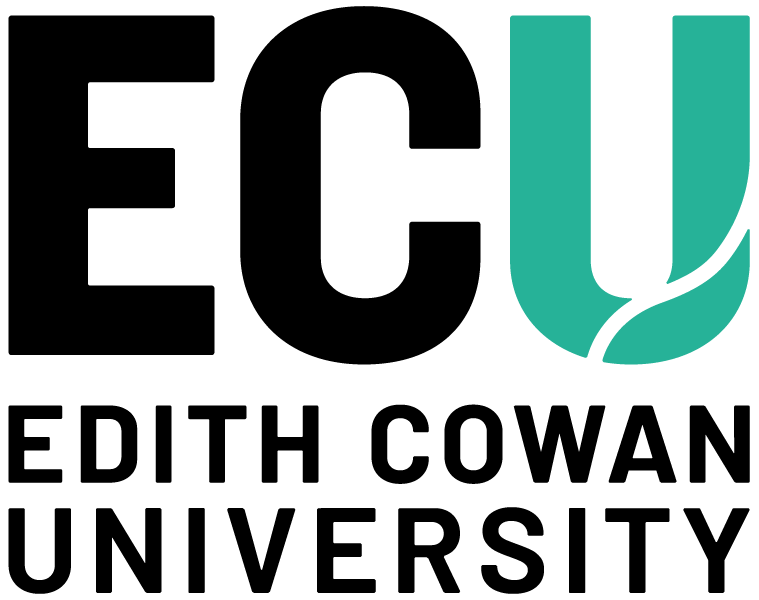Ghost crabs were responsible for the loss of nearly 30% of flatback turtle hatchlings at Thevenard Island, near Onslow on the northwest coast of Australia, according to new research from Edith Cowan University (ECU) and the Department of Biodiversity, Conservation and Attractions' (DBCA) North West Shelf Flatback Turtle Conservation Program.
Flatback turtles are a threatened species that spend most of their time in Australian waters and only nest at rookeries in northern Australia.
Sea turtles briefly come onto land to lay clutches of eggs on sandy beaches before returning to the sea, leaving eggs to incubate for between seven to ten weeks. Both their eggs and hatchlings are highly vulnerable to predation from a range of predators, ECU Adjunct Lecturer Dr Casper Avenant said.
"Other studies have reported on the predation of flatback turtles in the region, but this research is the first to provide quantified predation rates on both eggs and hatchlings, and the first for Thevenard Island," Dr Avenant said.
The study found zero predation of the eggs, while approximately 30% of emerged hatchlings were predated, mainly by ghost crabs, but also by silver gulls and Caspian terns.
"A whole range of species prey upon sea turtles, including ghost crabs and monitor lizards, who are very effective at digging up nests. A number of invasive species like foxes are also effective predators," ECU Professor Glenn Hyndes said.
"Ghost crabs are omnivores that feed on a variety of items found on beaches, including algae and carrion, but they are also very effective predators on turtle eggs and hatchlings. Where they occur in high densities, there is the potential for native ghost crabs to significantly increase predation levels."
The lack of predation on the flatback turtle eggs was unexpected, Dr Avenant said, noting that the choice of nest locations by flatback turtles could play a role.
"Females select nest locations that may not be easily accessible to ghost crabs, or the composition of flatback’s eggshells may deter egg predation. All eggs were accounted for during the study on Thevenard Island, and no nest showed any signs of disturbance from predation."
Compared to loggerhead turtles along Western Australia's Ningaloo coast, the flatback turtles at Thevenard Island seem to be faring well. Previous research by Dr Avenant found that more than 35% of loggerhead eggs were predated within nests at Ningaloo, including 80% at a single rookery. Of the emerged hatchlings, 45% were predated.
DBCA co-author Dr Sabrina Fossette said studies into predation levels of marine turtle hatchlings help inform conservation planning and mitigation strategies, particularly as other human-induced impacts occur alongside predation in this region.

 Both eggs and hatchlings are highly vulnerable to predation from a range of predators (Source iStock/Renlizzy).
Both eggs and hatchlings are highly vulnerable to predation from a range of predators (Source iStock/Renlizzy).




